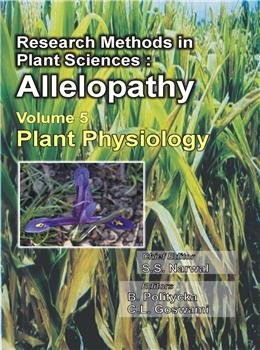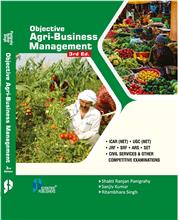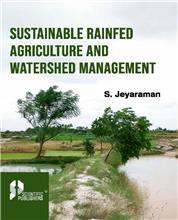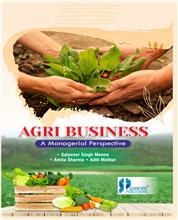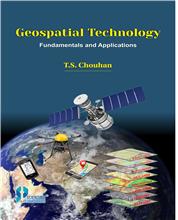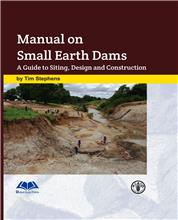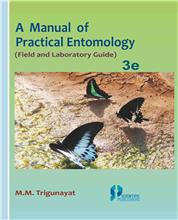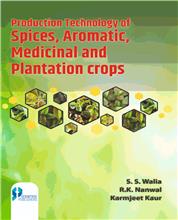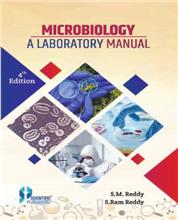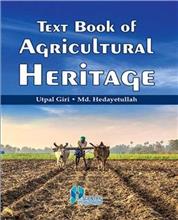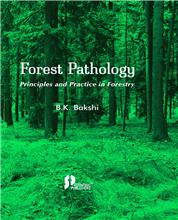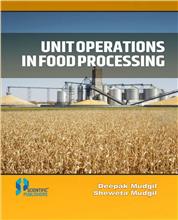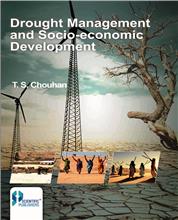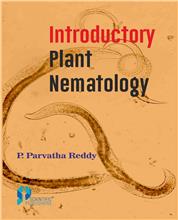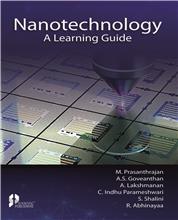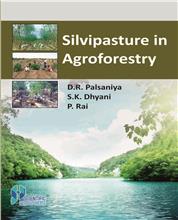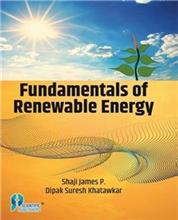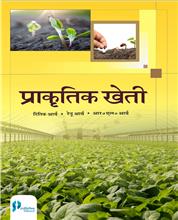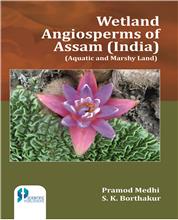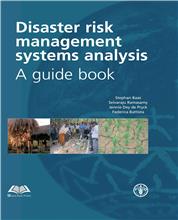Allelopathy is a new field of science, as the term Allelopathy was coined by Prof. Hans Molisch, a German Plant Physiologist in 1937. However, no standard methods are being used by various workers due to lack of compendium on the Techniques, hence, the results obtained are not easily comparable with each others. Till now lot of allelopathy resech has been done in various fields of Agricultural and Plant Sciences. However, there is no compilation of various Research Methods used. Every scientist is conducting research in his own way. It is causing lot of problems to researchers working in underdeveloped/Third World Countries in small towns without Library facilities. Therefore, to make available the standard methods for conducting allelopathy research independently, this multi-volume book has been planned. Since allelopathy is multi-disciplinary area of research, hence, volumes have been planned for each discipline. Prof. S.S. Narwal has planned this multi-volume Book Research Methods in Plant Sciences : Allelopathy. Three volumes (Volume 1. Soil Analysis, Volume 2. Plant Protection and Volume 3. Plant Pathogens) of this Book were released during the IV. International Allelopathy Conference, August 23-25, 2004 at Haryana Agricultural University, Hisar-125004, India. Volumes 4. Plant Analysis and Volume 5. Plant Physiology will be released in November, 2006. Three volumes (Volume 6. Cell Diagnostics, Volume 7. Chemistry Methods and Volume 8. Weed Studies) are under preparation. This volume of 28 Chapters, is divided into 7 Sections. Section I. Seed Physiology, includes 5 chapters describing the structure of seed, optimum conditions for seed germination, physiological and biochemical changes at cellular level. Section II. Growth and Development, describes leaf area, growth indices, senescence and abscission. Allelochemicals, present in soil or plant, can create chemical stress which may change the plant water status, plasma membrane properties, chlorophyll stability and waxes present on the organ surface. Methods to determine all these parameters are described in next 4 chapters in Section III. Stress Physiology. These sites can be explored by estimating chlorophyll content, chlorophyll fluorescence, photosystems I and II activity, carbon dioxide exchange rate, activity of CO2 fixing enzymes, intermediate metabolite level, photosynthate partitioning, respiration and finally the crop growth dynamics. Methods to determine extent of all these sites are explained in 7 chapters in Section IV. Gas Exchange Processes. The main cause of changed physiological process is at the gene level, for which estimation of nucleic acids is very critical. It is briefly explained in section V. Biochemical Estimation. Section VI. Microtomy and Histochemistry, has 7 chapters. Basic procedure to process the test plant material for microtomy, use of light and electron microscopy to study cellular changes, measurement of cellular dimensions, stomatal index and frequency, pollen viability and in vivo pollen germination and histochemical localization of important enzymes and metabolites are the core topics. Currently, tissue cultures are commonly used to study the precise effect of allelochemicals on callus growth and differentiation. To achieve these objectives techniques of tissue cultures is described under section VI. Tissue Culture.
